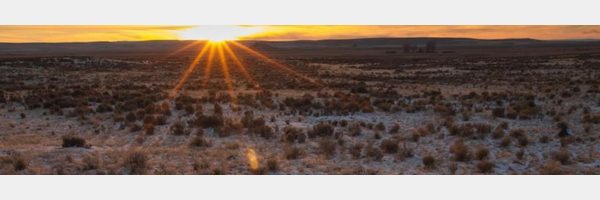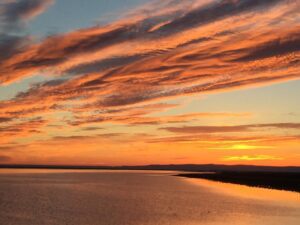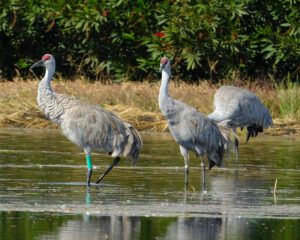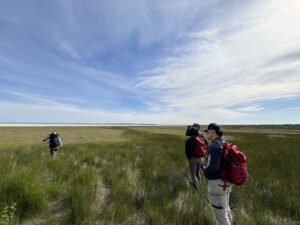As I sit down to write this, an owl has been in the national news. The creature in question, named Flaco by it many followers, lives not in the Harney Basin of eastern Oregon but rather in the man-made canyons of glass and steel that cover much of an obscure East Coast island by the name of Manhattan. Or rather, this is where Flaco used to reside, because this particular owl died on February 23rd.
Flaco’s story tells us something of how nature endures on our human-dominated planet. Born in captivity, Flaco was a Eurasian eagle-owl who lived in a New York City zoo until freed by vandals about a year ago. Once out on his own, to the amazement of all, Flaco succeeded in surviving as a large predator in a huge city. He roosted much of the time in Central Park and lived on careless rats and squirrels who were not accustomed to predators. Flaco died, like a billion other birds each year in the United States, by colliding with a glass window.
All this proposes an interesting question: was Flaco a wild animal? As a zoo resident, he would not seem to have achieved that status. But what about his year of freedom? Can a creature on its own in the midst of a profoundly humanized environment be truly wild?
This question comes to mind because Flaco’s experiences contrast so strongly with the lives of the creatures that make their homes at the Malheur Refuge. Malheur’s residents are genuinely wild – they come and go naturally with the seasons and pursue their lives as independent creatures. They seem, to my standards at least, genuinely wild.
Because of its generous size and lack of human facilities, the refuge provides a grand stage for wild nature. This degree of wildness, I propose, is one of Malheur’s most significant attributes. Flaco, the urban eagle-owl, would have been amazed to discover such a place.









